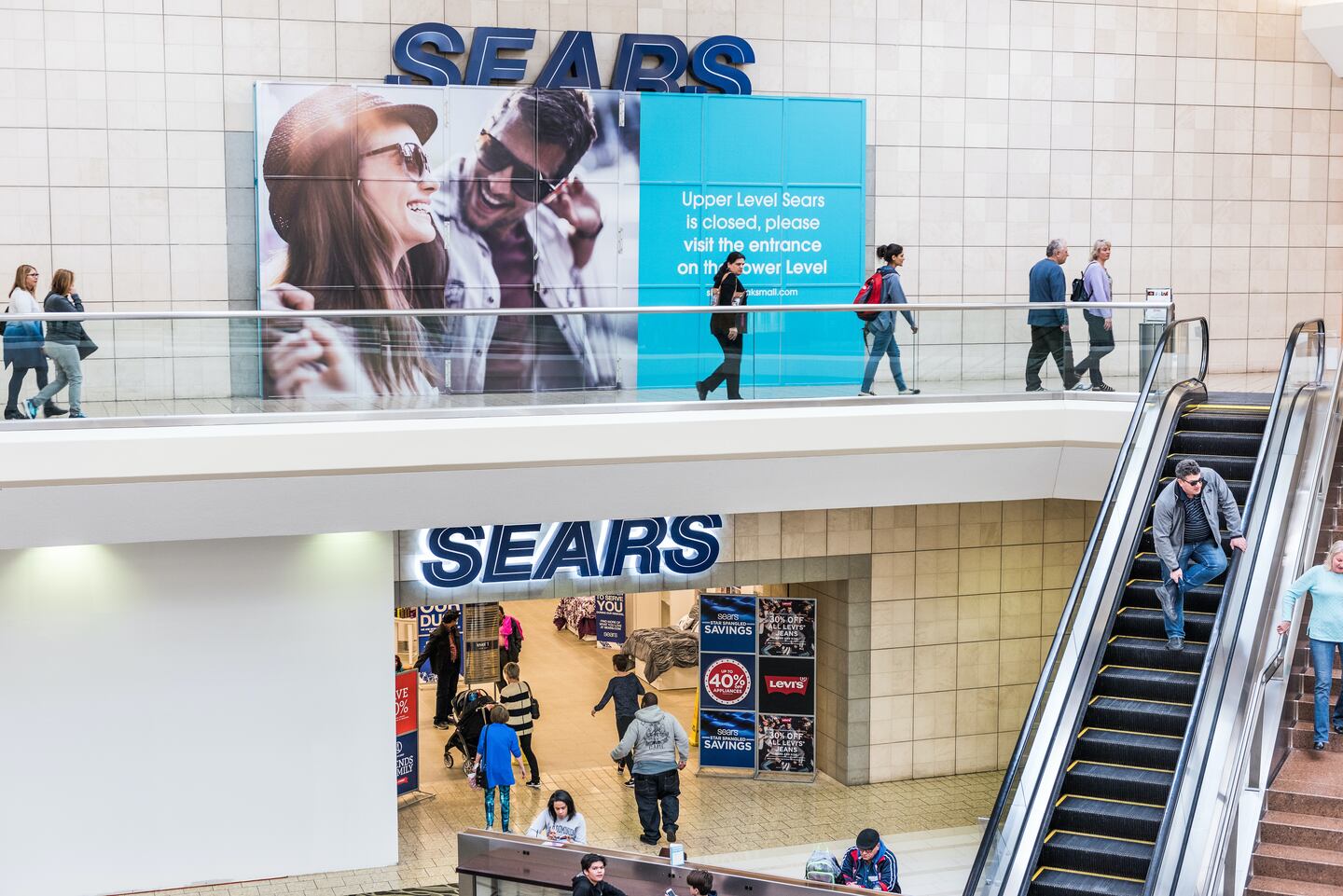
The Business of Fashion
Agenda-setting intelligence, analysis and advice for the global fashion community.

Agenda-setting intelligence, analysis and advice for the global fashion community.

NEW YORK, United States — Sears got another chance at survival after chairman Eddie Lampert put together a last-minute, last-ditch bid to buy the retailer out of bankruptcy.
Lampert persuaded Bank of America and Citigroup to finance his $4.6 billion offer, with help from Royal Bank of Canada, Reuters reported. The banks agreed to provide a $950 million asset-based loan and a $350 million revolving credit line, Reuters said, citing sources familiar with the plan. CNBC reported the bid was submitted late Friday.
The offer from Lampert and his ESL Investments, the chain’s biggest shareholder and creditor, keeps hope alive for the iconic department store company and its more than 50,000 employees. His plan would still need to pass muster with creditors and the bankruptcy court — and he could still be outbid by a liquidator looking to shut Sears and sell off the pieces.
He’ll also have to persuade suppliers to keep restocking the shelves, despite their concerns that they won’t get paid, and lure back shoppers from online outlets and brick-and-mortar rivals with better financing.
ADVERTISEMENT
“Lampert and ESL have proven for years that they are the problem and they can’t be the solution,” Burt Flickinger, managing director of Strategic Resource Group, a retail-advisory firm, said in an interview before the disclosure. “Even with an approved bid, the company is heading for another iceberg and will sink before the winter weather is gone.”
A representative for Sears declined to comment. ESL and Lampert didn’t respond to messages.
Any turnaround won’t come soon enough for some outlets, with Sears telling employees on Dec. 28 that it’s closing 80 Sears and Kmart stores in late March 2019. That’s in addition to the previously shutdown of 40 unprofitable stores expected to be completed in February. Liquidation sales are expected to begin in two weeks.
The path to a deal has been complicated by accusations from unsecured creditors that Lampert had unfairly profited from previous bailouts and thus drained value from Sears. The initial version of his rescue plan demanded that Lampert’s ESL Investments hedge fund be released from liability related to any of its pre-bankruptcy transactions.
Another distraction came from a Sears plan to raise tens of millions of dollars by selling off some obscure internal debt instruments. The buyers were investors who had bought insurance contracts against a Sears default, and who wanted the internal notes to bolster their claims.
But the sale of those notes got bogged down in court because it threatened to upend the market for the insurance contracts, more formally known as credit default swaps. The dispute is still winding its way through the court and the governing body of an industry trade group.
Lampert, who engineered a $12.3 billion acquisition of Sears by Kmart in 2005, held about $2.5 billion in Sears debt as of September, the result of multiple attempts to keep the chain afloat. He’s shuttered hundreds of money-losing stores, cut more than $1 billion in annual expenses, and spun off units such as Lands’ End Inc.
The retailer, for years called Sears, Roebuck & Co. and famous for its massive catalogue, boomed in the decades after World War II along with a growing middle class. But it wasn't able to keep up with shifting consumer habits as online rivals including Amazon syphoned off shoppers, while turnaround efforts were hobbled by mountains of debt.
ADVERTISEMENT
Sears sold everything from Craftsman tools to Kenmore appliances, but it lost its footing in the 1980s with expansions into financial products such as banking, mortgages, insurance and credit cards. Walmart supplanted Sears as the biggest retailer in the early 1990s.
By Josh Saul, with assistance from Lauren Coleman-Lochner; editor: Rick Green and Nikolaj Gammeltoft

As the German sportswear giant taps surging demand for its Samba and Gazelle sneakers, it’s also taking steps to spread its bets ahead of peak interest.
A profitable, multi-trillion dollar fashion industry populated with brands that generate minimal economic and environmental waste is within our reach, argues Lawrence Lenihan.
RFID technology has made self-checkout far more efficient than traditional scanning kiosks at retailers like Zara and Uniqlo, but the industry at large hesitates to fully embrace the innovation over concerns of theft and customer engagement.
The company has continued to struggle with growing “at scale” and issued a warning in February that revenue may not start increasing again until the fourth quarter.